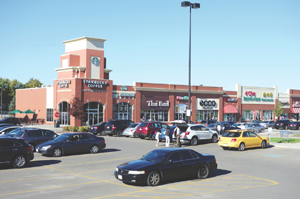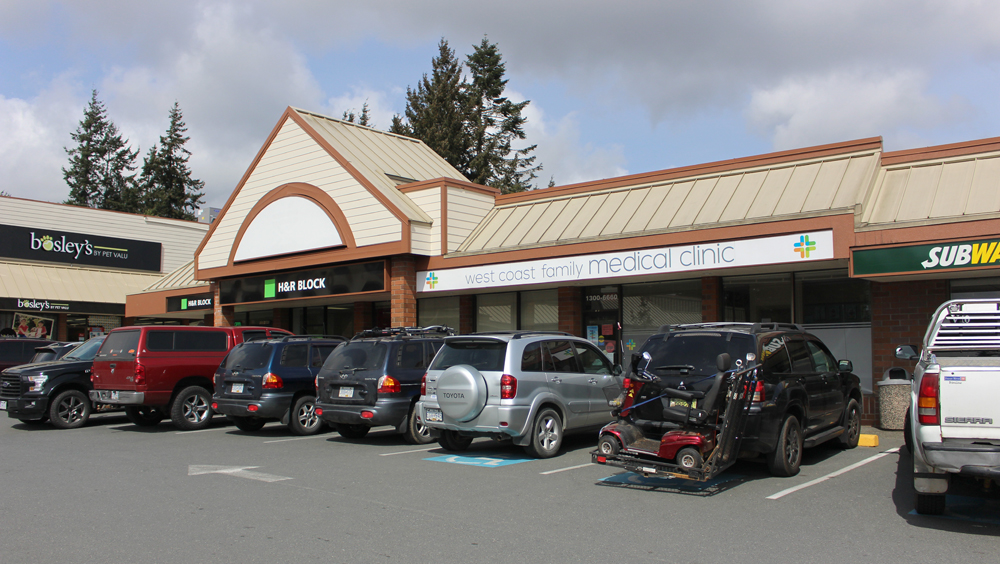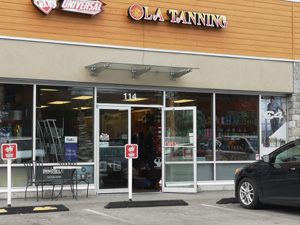
Wednesday August 12, 2020 | BC & NATIONAL
by Mary Brooke, editor | West Shore Voice News
After a strong start to 2020, the impacts of COVID-19 on the commercial real estate industry became evident during the second quarter during the peak period of the pandemic in April and May in particular as people stayed home to work remotely.
Businesses are learning where and how they can have employees working from home, finding that the overhead of commercial space is perhaps unwarranted in some or many cases.
The Midyear Market Sentiment Survey released today by Transwestern and Devencore tallied responses from brokers across 43 North American markets on conditions in the office, medical office and industrial property sectors.
According to the survey, the U.S. office index averaged 61.8 for the second half of 2020, signaling weaker market conditions as it fell below the 100-neutral zone. The current index is well below the 106.9 registered at year-end 2019, prior to the onset of the pandemic. In Canada, the office index declined 29% since the year-end 2019 survey, from 104.0 to 73.8.
“Across both countries, traditional office space is expected to lag as occupiers pause leasing decisions until the pandemic is under control,” said Elizabeth Norton, Senior Managing Director of Research Services at Transwestern. Some commercial tenants may opt out of future opportunities.
Medical office sector looks stronger than retail:

“Work-from-home strategies could offer cost-saving alternatives to select tenants, increasing the possibility of space reduction.”
“However, medical office, while expected to soften slightly during the balance of 2020, has a more favorable long-term outlook,” said the Transwestern rep.
Industrial commercial leasing index dropped:
The U.S. industrial index averaged 104.4 for second half 2020, slightly above 100, which is considered flat conditions. This is only slightly below the 116.2 registered at year-end 2019, prior to the onset of the pandemic.
In Canada, the industrial index dropped from the pre-pandemic 129.0 to 100.9 at midyear 2020. Industrial conditions are expected to remain steady in Canada, with 54% anticipating slightly higher leasing velocity.
The survey findings are supported by Transwestern’s second quarter 2020 national market reports.
Construction slowed during COVID-19:
Many commercial tenants in the US have paused leasing decisions due to COVID-19, pushing the national office vacancy rate up 20 basis points to 10.1%.

Construction activity slowed (either because of on-site requirements for physical distancing and hygiene, or with projects entirely paused).
As such, groundbreakings are expected to be limited over the next 12 months due to elevated unemployment and continued uncertainty about the future use of office space.
Outdoor malls could be favoured:

“In Canada, we are seeing very similar conditions to those in the U.S.,” said Jean Laurin, President and CEO of Devencore.
“Across North America, demand for suburban office space could benefit in the current climate, as select tenants look for affordable space in a safely distanced environment.”
Being able to keep doors open for fresh air, and to enable customers to do front-door or curbside pickup will be helpful to retailers in small strip-mall type locations.
E-commerce & grocery stores strong during COVID:

E-commerce, already well in place in the economy but which accelerated during the pandemic, is primarily responsible for the strength of the industrial sector, with online grocery purchases due to the economic shutdown further fueling growth, the report from Transwestern outlined.
However, manufacturing is also a contributor; in June, ISM Manufacturing PMI recorded the strongest expansion in factory activity in 14 months.
“New inventory coupled with increasing sublease space pushed the industrial vacancy rate slightly higher in the second quarter, to 5.4%,” said Matt Dolly, Director of Research at Transwestern. “However, the industrial property sector will continue to flourish as much of its tenant base is essential businesses.”


